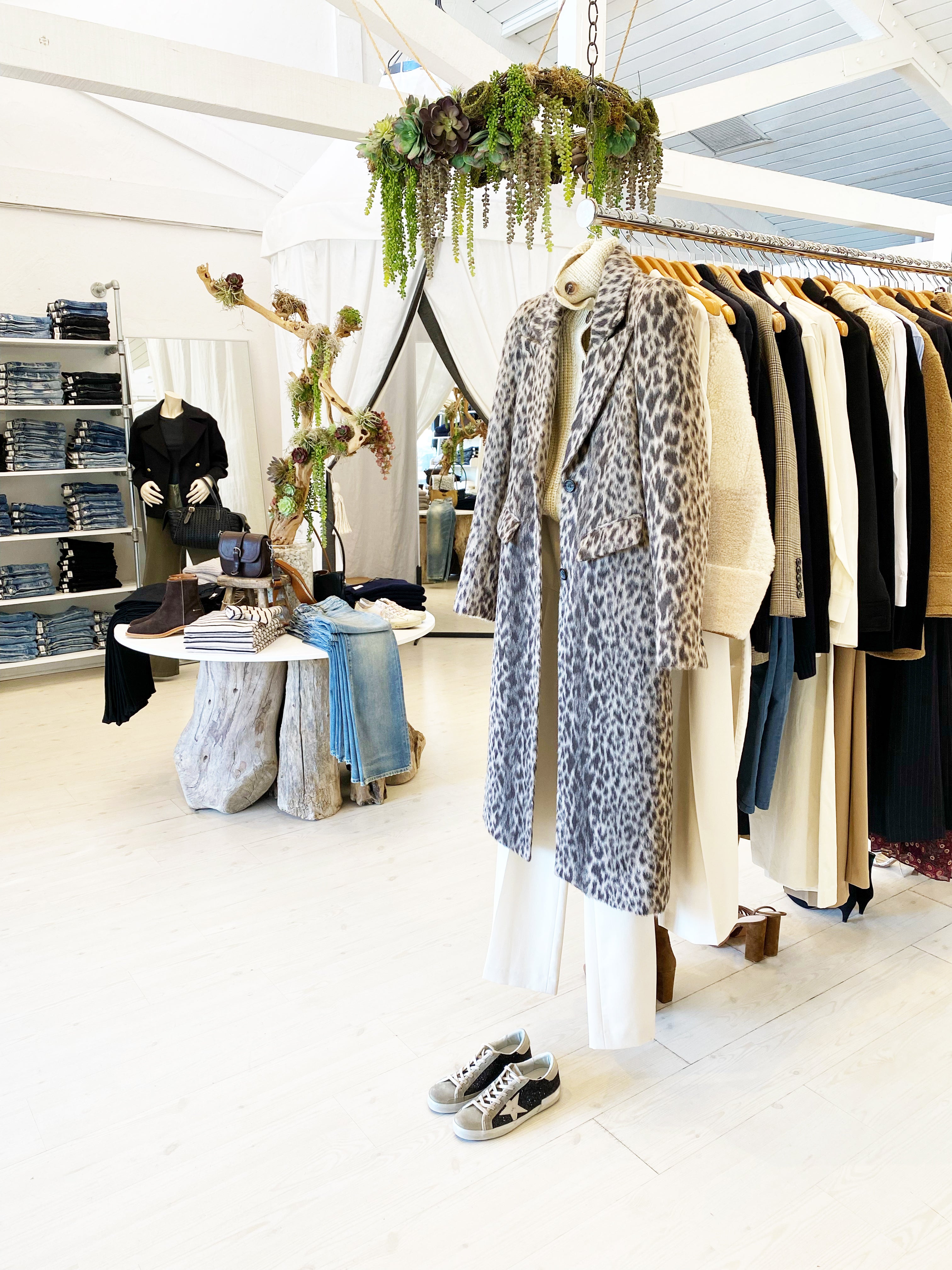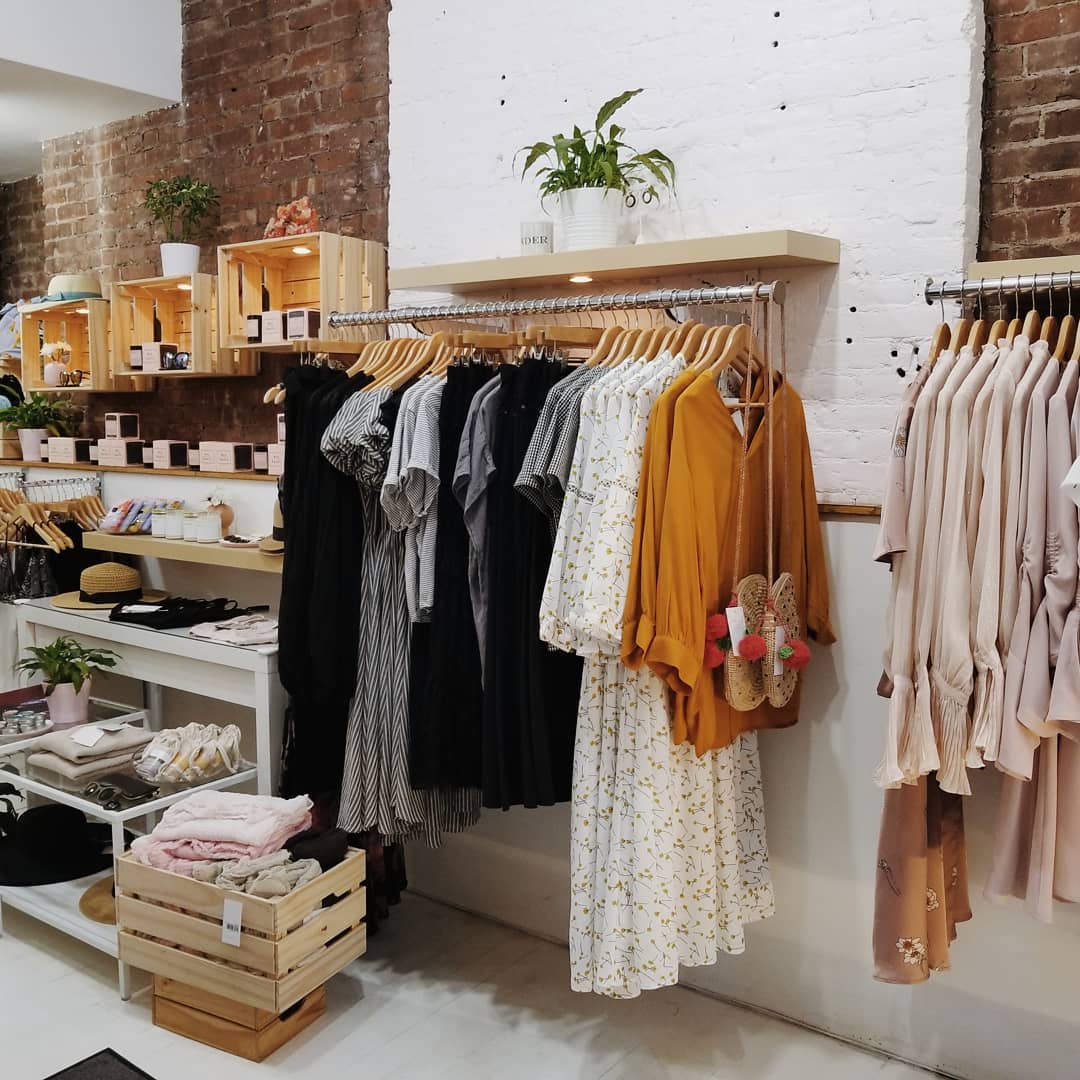A Deep Study the World of High-Fashion Runways: Recognizing Clothing as Art
Developers, a lot like masterful musicians, weave complex narratives via type, color, and material, challenging standard norms and redefining elegance requirements. As we check out these sartorial eyeglasses, we must consider: what duty does fashion play in forming societal worths, and how does it reflect the ever-changing tapestry of human feeling and identity?
The Advancement of Runway Reveals
The trajectory of path shows has actually changed substantially over the decades, progressing from exclusive market occasions to captivating spectacles that mix fashion with art. Generally, path shows were intimate events, kept in ateliers or small locations, primarily gone to by customers and industry experts. These very early presentations concentrated on the garments' workmanship and commercial practicality, using a direct and useful display of seasonal collections.
As the fashion business broadened, the nature of path programs started to change. The 1970s and 1980s marked a turning point, with developers looking for to identify themselves via more theatrical presentations. This age saw the rise of fancy collections, choreographed models, and thematic narratives, advertising a brand-new age where the path became an experiential platform. The shows transformed into a form of storytelling, where each collection conveyed a distinct narrative or concept.
Recently, modern technology and social media sites have actually further revolutionized path shows, making them obtainable to an international target market. Livestreaming and electronic systems have democratized style, permitting lovers worldwide to witness these occasions in real-time (boutique fashion). This evolution reflects a broader social change, where high-fashion runways act as a vibrant crossway of design, development, and performance
Designers as Visionary Artists
Exactly how have developers transcended their functions to end up being visionary musicians? Designers in the high-fashion industry have actually blurred the lines in between practical garment development and the theoretical world of art. This change appears in the means they approach their collections, not simply as clothing yet as profound expressions of feeling, culture, and identification. By embracing imaginative disciplines such as sculpture, paint, and avant-garde setups, designers craft garments that challenge typical fashion standards and elevate them to art types.
Visionary developers draw motivation from a myriad of resources, consisting of abstract art, historic references, and personal stories. They have an unique ability to picture and appear ideas that push the boundaries of traditional style, frequently redefining visual standards while doing so. This creative ingenuity is showcased with remarkable shapes, cutting-edge products, and detailed workmanship, which welcome viewers to experience fashion as more than just wearable items.
Furthermore, the path functions as a canvas for these musicians, where illumination, songs, and established style coalesce to produce immersive experiences. These discussions are not just screens of garments yet are coordinated efficiencies that stimulate feeling and prompt thought, verifying the designer's duty as a real artist in the contemporary cultural landscape.
Social Impacts in Style
Cultural tapestry weaves its detailed patterns right into the material of fashion, affecting designers globally. The vibrant interchange of cultural tales, customs, and symbols informs and motivates collections that elegance high-fashion paths.
The influence of society on fashion is often seen in the reinterpretation of typical garments and patterns. For example, using Japanese bathrobes, Indian saris, or African prints in modern fashion mirrors a blend of social credibility and contemporary aesthetic appeals. Developers such as Valentino's Pierpaolo Piccioli and Alexander McQueen's Sarah Burton have been understood to incorporate abundant social motifs into their couture collections, converting history into wearable art.

Development in Fabric and Design
Development in fabric and design consistently improves the landscape of high-fashion, pressing limits and redefining opportunities. In recent years, technological developments have significantly added to this advancement, presenting materials that challenge typical assumptions. Textiles ingrained with wise fibers, with the ability of altering color or regulating temperature, are no more constrained to the world of sci-fi. Developers are progressively discovering the integration of innovation, such as 3D printing, which enables the creation of intricate structures that were formerly unthinkable.
Moreover, sustainability has actually become an essential theme in textile technology. The garment industry is observing a rise in making use of eco-friendly products, stemmed from recycled plastics, natural fibers, and also naturally degradable parts. These technologies not just provide new structures and visual appeals yet additionally address vital ecological issues. Developers are embracing these materials to craft garments that are both mindful and aesthetically striking of their ecological footprint.
In regards to layout, avant-garde silhouettes and experimental types are continually changing the path. By incorporating non-traditional materials and advanced methods, developers cultivate garments that blur the my company line between fashion and art, setting brand-new criteria for creativity and expression in the high-fashion ball.
Effect of Fashion on Society
Fashion wields an extensive impact on culture, offering as both a representation of cultural identity and a catalyst for social change. Via its advancement, style has actually mirrored societal shifts, encapsulating the zeitgeist of various eras. The flapper gowns of the 1920s embodied a newfound feeling of ladies's liberation, while the bold prints of the 1960s resembled the advanced spirit of the time. High-fashion runways, specifically, act as systems for difficult norms and redefining elegance requirements. Designers use these places to attend to pressing social concerns, from sustainability to diversity, thereby forming public discourse.
In addition, style has the power to bridge cultural spaces, fostering understanding and recognition among varied teams. As globalisation speeds up, the cross-cultural exchange of style ideas comes to be increasingly substantial, promoting inclusivity and variety. The official source rise of streetwear, originating from city subcultures, illustrates just how style can transcend socio-economic borders, granting people a method of self-expression and empowerment.
Basically, style is not just concerning visual appeals; it is a vibrant pressure that affects values, mindsets, and social progress (boutique fashion). By constantly connecting with social and social currents, fashion stays an integral part of the cumulative human experience

Final Thought
Developers, similar to visionary artists, coordinate collections that mirror identity, emotion, and social narratives, challenging typical appearances. This intersection of fashion and virtuosity not only captivates target markets around the world but additionally affects societal assumptions and promotes a much deeper recognition for cultural variety.

Cultural tapestry weaves its elaborate patterns right into the textile of fashion, influencing designers around the world.Style wields a profound influence on culture, offering as both a representation of social identity and a catalyst for social modification.